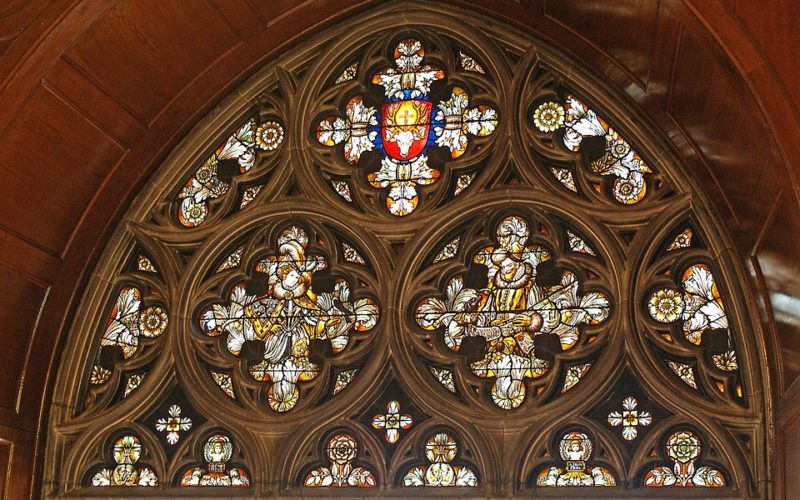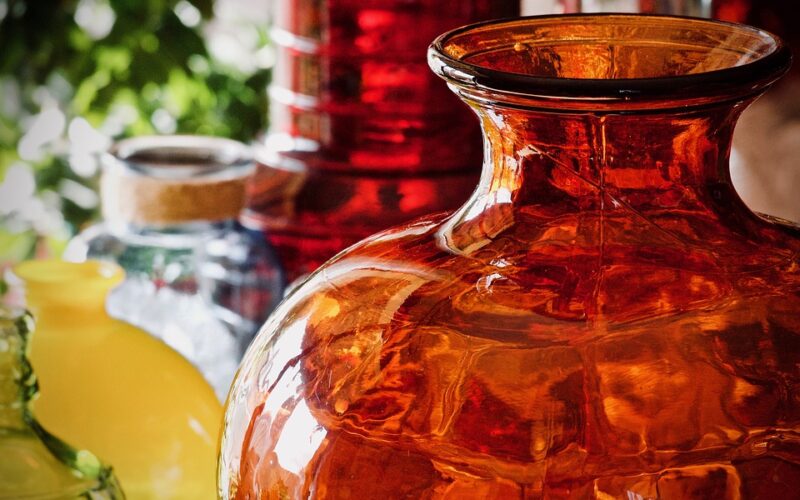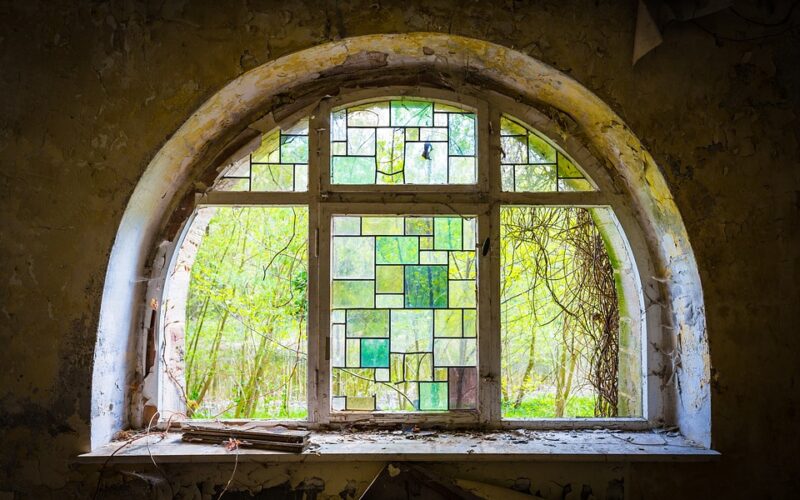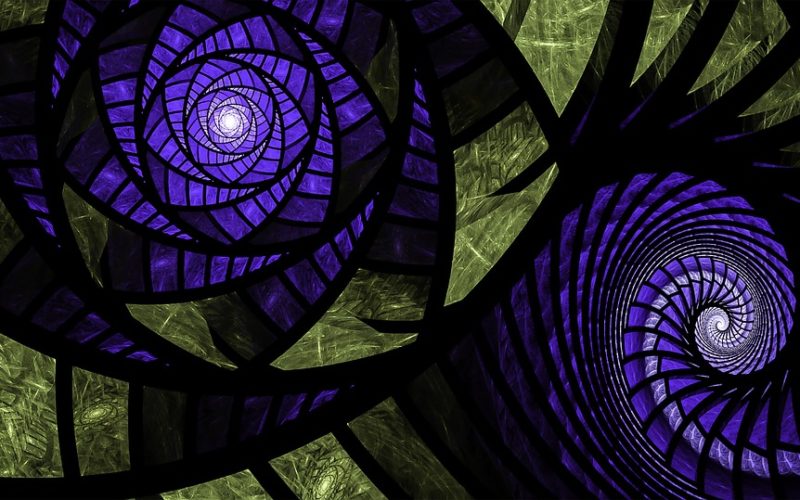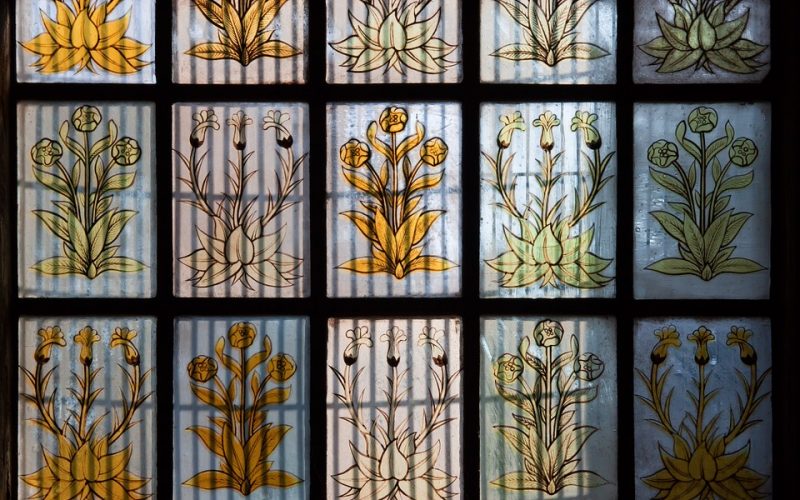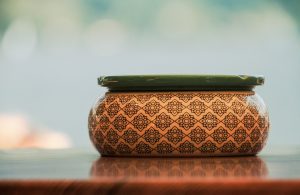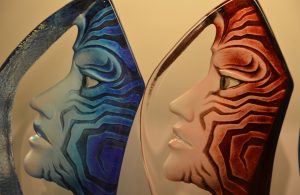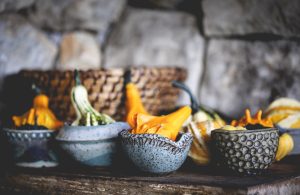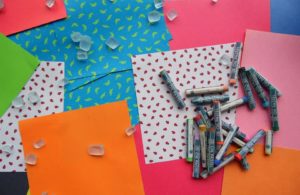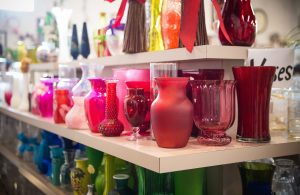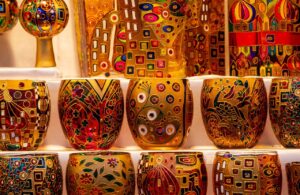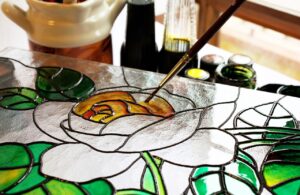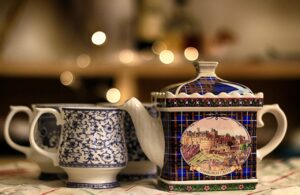It might seem to be more work than it is worth, but being able to learn how people used to create things can be a fun way to explore history. For those with a passion for stained glass, creating a craft could be a hobby that brings them a great deal of joy. Rather than purchasing panes of different colored glass and other supplies, they can actually make their own from scratch at home. It will take a bit of knowledge to build their own kiln, but those with a passion will find a way.
The beauty of older pieces of stained glass is often due to their imperfections, and recreating the methods that caused them can restore this craft to its original beauty. The imperfections many people might dismiss today were actually a component of the beauty the original artist introduced when creating their piece. It can be done again today, but only by those willing to acknowledge beauty comes in many different forms.
Wavy glass can be produced by imperfections in heating and cooling the pane, but it might take quite a few tries before a modern artist is able to replicate them. For those who have found dots where some ingredients did not quite melt, learning how to produce these could become a fascinating hobby. They will need to learn how to burn just the right wood in their kiln to get the temperatures right for producing glass that is not completely smooth.
Texture has come back into vogue in many areas of arts and crafts, and it is a dimension that was sorely lacking for a long time. Modern manufacturing methods obliterated some of it, and an eye for perfection by buyers often caused artists to strive for a smooth finish with little personality. That has changed as people now seek unique items, and it will hopefully continue into the future.
